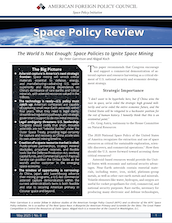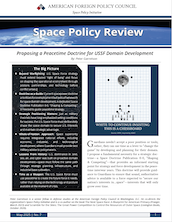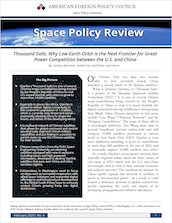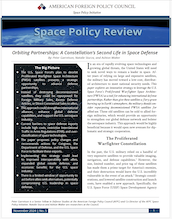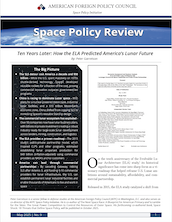
Ten Years Later: How the ELA Predicted America’s Lunar Future
On the tenth anniversary of the Evolvable Lunar Architecture (ELA) study, its historical significance has come into sharp focus as a visionary roadmap that helped reframe U.S. Lunar ambitions around sustainability, affordability, and commercial partnership.
